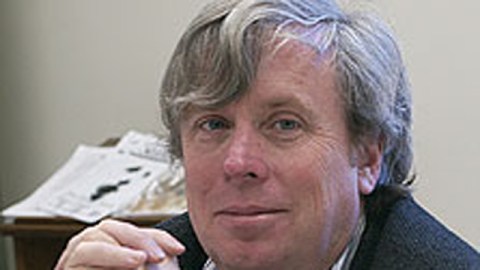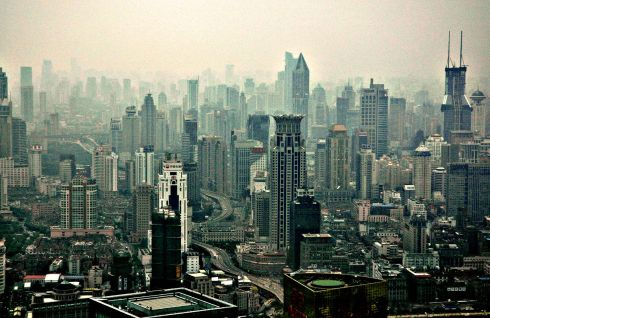DINER (the movie)–with some comparison with THE LAST DAYS OF DISCO (the movie)

Now that summer’s here and the time is right to turn to reruns of various kinds, I’m trying to spend the ample time I have as a tenured professor watching some of my favorite old movies (that were new when I first saw them). One advantage of being old is that there’s plenty from which to choose.
So yesterday I revisited Diner (1982), written and directed by Barry Levinson. It turned out to be part of a trilogy, including Tin Men and Avalon, about the Baltimore of Levinson’s youth or wonder years. Levinson made a fourth semi-autobiographical movie about Baltimore, Liberty Heights, but it doesn’t fit into the whole. (It’s still good.)
Diner is the best of the three, partly because it’s the one draws most immediately and “authentically” from Levinson’s own coming-of-age.
One sign of its greatness: It provided the first significant roles for the outstanding and wildly successful actors Kevin Bacon and Mickey Rourke. And a case can be made that they’ve never been better than they were in Diner. The film also displayed the talents of the then pretty unknown Steve Guttenberg, Ellen Barkin, and Paul Reiser.
The movie focuses on young men in those ambiguous years right after college, when they can’t be kids any more but they haven’t fully embraced the idea that they’re stuck with being productive and also probably being spouses and parents for the rest of their lives.
So the movie is dripping with many dimensions of selective nostalgia. One dimension is the year: 1959. Things were better then (well, also worse, but we already knew that). Limits to our nostalgia being perfectly selective are all the smoking and the diner food (fries with gravy!), both of which seem scary and repulsive to us.
The movie overflows with dialogue, much of it at the diner, where the guys seem to meet every night and talk to 4 a.m.
The conversational film closest to Diner is Whit Stillman’s Last Days of Disco (1998)¸ where young people about the same age and in a very similar ambiguous situation spend all night talking at the Disco (where amazingly the music is not loud enough to stifle conversation). They’re both among my favorite movies, although neither is action-packed.
One difference between the two films: Diner is almost exclusively about male friendship; no women show up at the diner. The guys come by after dropping the girls off, and none of them seems to have a conversational friendship with a woman. (Actually, two of the guys have a rather intimate and candid conversation with a stripper they just met at a burger joint.) That’s the difference between 1959 and 1982 (well after “the Sixties”). A careful viewer can notice both gains and losses in human understanding and emotional intimacy as a result. One reason the president of Catholic University is going back to single-sex dorms is to reinvigorate male (non-sexual) friendship!
Both films have really fabulous soundtracks, put together by someone who really knew and loved the music of the time and place. I can’t help but prefer the top 40 of the late fifties—or the time before the Beatles and Dylan etc.—to Disco hits. But Stillman caused me to see more than a little good about, say, More, More, More.
PLACE, it’s clear, is indispensable for making a great conversational movie. Levinson’s non-Baltimore movies aren’t very memorable. And, in my opinion, Stillman’s Barcelona (which, of course, takes place in Spain) isn’t as good as either Metropolitan or Last Days (his conversational trilogy), and he hasn’t shown us yet whether he can make a movie that’s not rooted in people he knew and loved in Manhattan.
I can’t help but prefer Baltimore to Manhattan. There’s something more enduring and personal about all the row houses, diners, (and dare I say “The Block?”). In both films, churches show up in strange and oddly moving times, and we remember that cities are full of churches. (Levinson is Jewish, and he also reminds us, of course, that a large number of our immigrants were Jews.) In neither film does is it clear that any of the characters are actually observant religious believers, although the deepest ones are haunted by what the religious believe.
Diner doesn’t push it, but it’s really about the descendants of recent immigrants who have no class (meaning deep culture) because they’ve become middle class. And so it highlights in a “nuanced” way (one of the characters in Diner rightly complains that you really don’t know where you stand with the word “nuance”) what’s good and what’s hard about being a middle-class American. The LastDays is not only about the decline and fall of Disco, but the last, kind of abandoned, generation of American pseudo-aristocrats—those who haven’t been shaped by any memory of being immigrants.
Parents—nice people who care about their kids (and bail them out more than once)—are around in Diner, but it’s not clear they have that much influence over who their kids are. Certainly their parents aren’t talked about much at all at the Diner, but maybe just enough. (Let me add here quickly that Berry College kids [southern, Christian kids, for the most part] talk about their parents a lot.)
In both films, the young adults begin with having little idea what they’re supposed to do, although in Diner the men do better in figuring things out. Because there’s so much serious talking in both films, it’s impossible to say they haven’t done much reflecting about who they are. The friends are closer in Diner, because they’ve known each other their whole lives. They are closer to being true friends, who care about each other and the good they share in common. When they take shots at each other, it’s just to be affectionately funny and not to hurt or gain advantage. They’re remarkably likely to tell each other the truth, or not use words as weapons against each other. Conversational friendship (as opposed to, say, Facebook friendship) turns out to be an indispensable feature of living a good life.
My next post will be about 1959.





